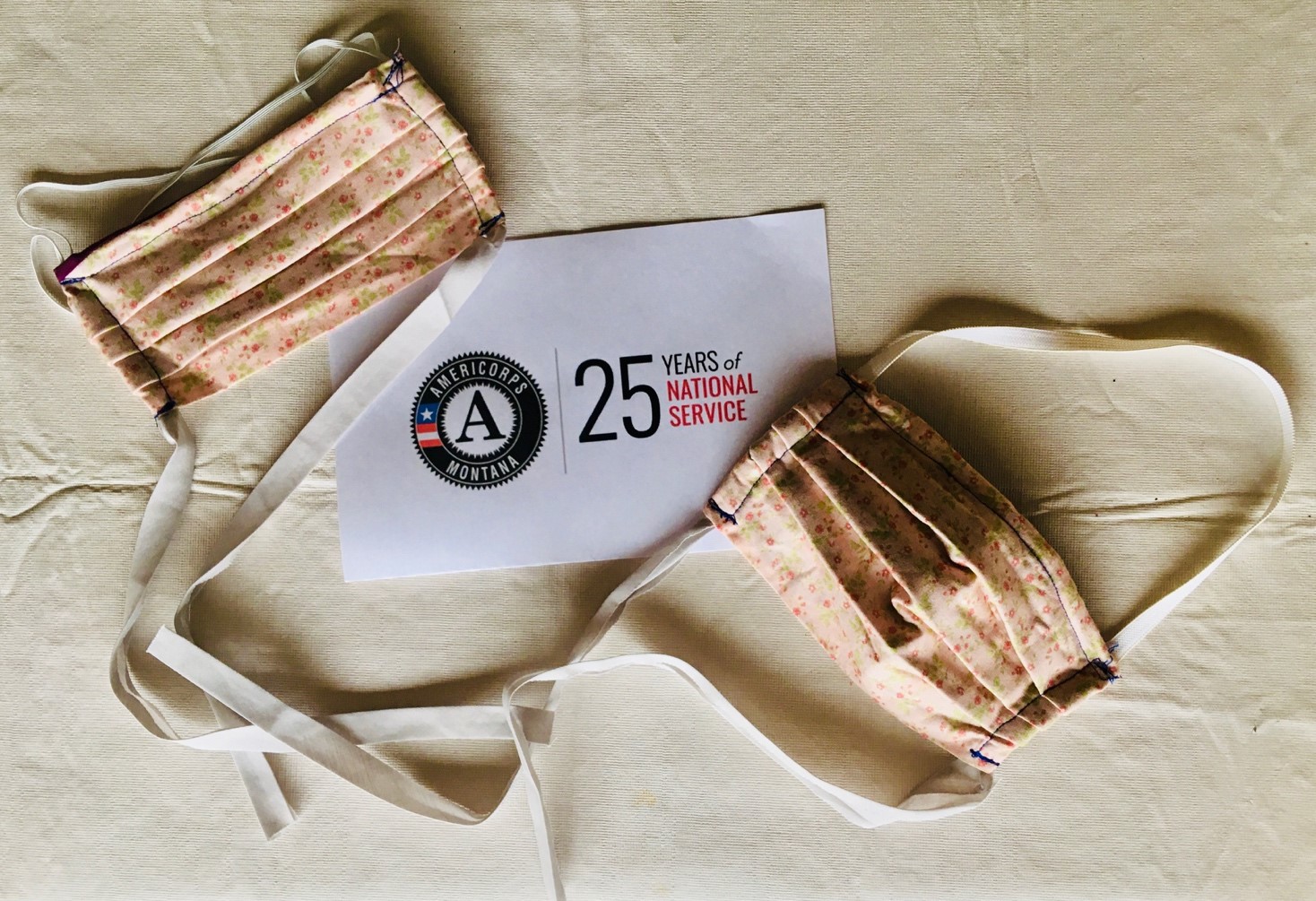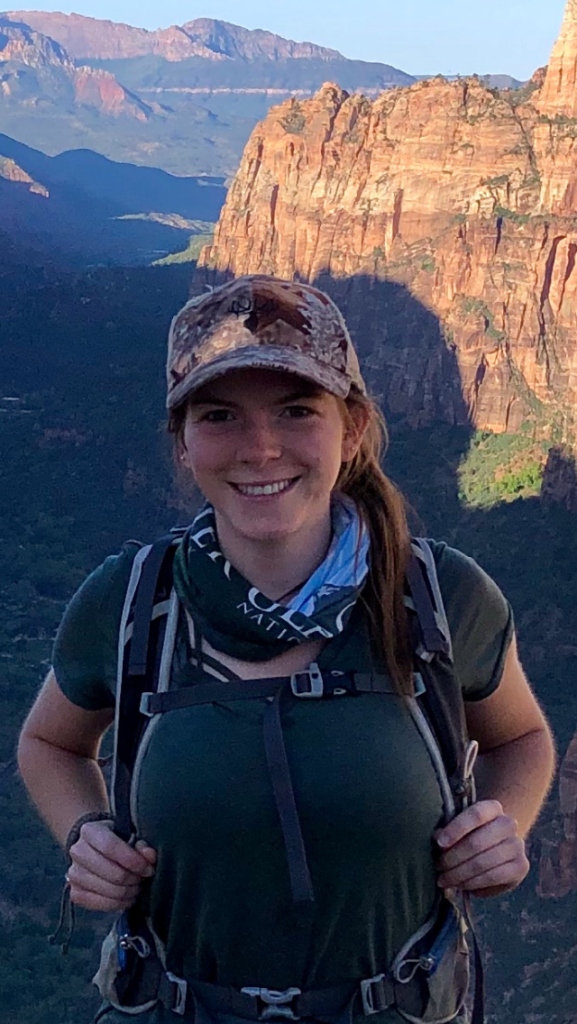Masks for the Masses By Megan Ahern
 At the start of the year, billions of people kicked off 2020 with resolutions and cheers, largely unaware of the looming pandemic. By mid-March however, those who remained unaffected by the spread of COVID-19 were in the vast minority. Widespread school closures and business shutdowns resulted in tens of millions of layoffs nationwide over several weeks. On April 9th, America’s unemployment rate reached 13%, the highest it’s been since the Great Depression. The evening news painted a picture of pervasive panic on the streets and dire straits in the medical field as hospitals across the country struggled to cope with the burgeoning number of patients suffering severe respiratory complications due to COVID-19.
At the start of the year, billions of people kicked off 2020 with resolutions and cheers, largely unaware of the looming pandemic. By mid-March however, those who remained unaffected by the spread of COVID-19 were in the vast minority. Widespread school closures and business shutdowns resulted in tens of millions of layoffs nationwide over several weeks. On April 9th, America’s unemployment rate reached 13%, the highest it’s been since the Great Depression. The evening news painted a picture of pervasive panic on the streets and dire straits in the medical field as hospitals across the country struggled to cope with the burgeoning number of patients suffering severe respiratory complications due to COVID-19.
Despite all this, some of the effects of the pandemic remained intangible in western Montana communities until recent weeks. Flathead, Lake, and Missoula Counties had no confirmed cases until late March, the first case a harbinger of the weeks to follow. What ensued was chaos. Though we had witnessed the severe strain on the healthcare system in states like Washington and New York, our hospitals remained ill-prepared for the pandemic. By the first week of April, Kalispell Regional Healthcare (KRH) had officially issued a statement requiring employees to wear cloth masks, and the Centers for Disease Control and Prevention (CDC) had recommended that all Americans wear a mask in public. By the end of the following week, KRH had announced plans to furlough and reduce the hours of 600 employees while also reducing salaries of physicians and executive directors, effective immediately.
In the midst of all this, I found myself among those whose jobs were affected by the virus. I was serving an AmeriCorps term at Salish Kootenai College, which closed relatively early to mitigate the spread of COVID-19. Although providing teleservice from home was accompanied by its own set of challenges, I found it difficult to focus solely on my AmeriCorps service for the college. Several of my close friends work in the medical field, and the terms in which they described the shortage of medical supplies – especially masks – were appalling.
One afternoon, a friend of mine who is a nurse at a KRH affiliate reached out and asked if I would help her make some masks. I jumped at the opportunity. She had plenty of material and a perfect assembly line system in her mind. We worked in two separate rooms in her house to maintain social distance, yelling back and forth about how the pandemic had affected us and how we’d been coping since it all hit the fan. Together, we worked like a well-oiled machine, sewing dozens of masks that she planned to distribute to those most in need. While some of the masks we sewed will be used by KRH affiliates, other masks will be donated to local organizations such as Agapé, which provides non-medical in-home care for the elderly and other groups susceptible to COVID-19.
Even though the masks we make are only about 30% effective against an aerosol such as coronavirus, I feel as though each mask made is a life saved, and the continual realization that this may not be far from the truth is overwhelming. As our country continues to navigate the circumstances created by the rapidly changing pandemic, I am eager to continue my AmeriCorps service not only by serving Salish Kootenai College, but by helping to alleviate the acute needs of our healthcare system through making masks. The weeks ahead will be extremely challenging as many disease experts predict the country will reach its peak, but by contributing to local relief efforts we can make a positive difference in these unprecedented times.
 Blog Posts
Blog Posts 